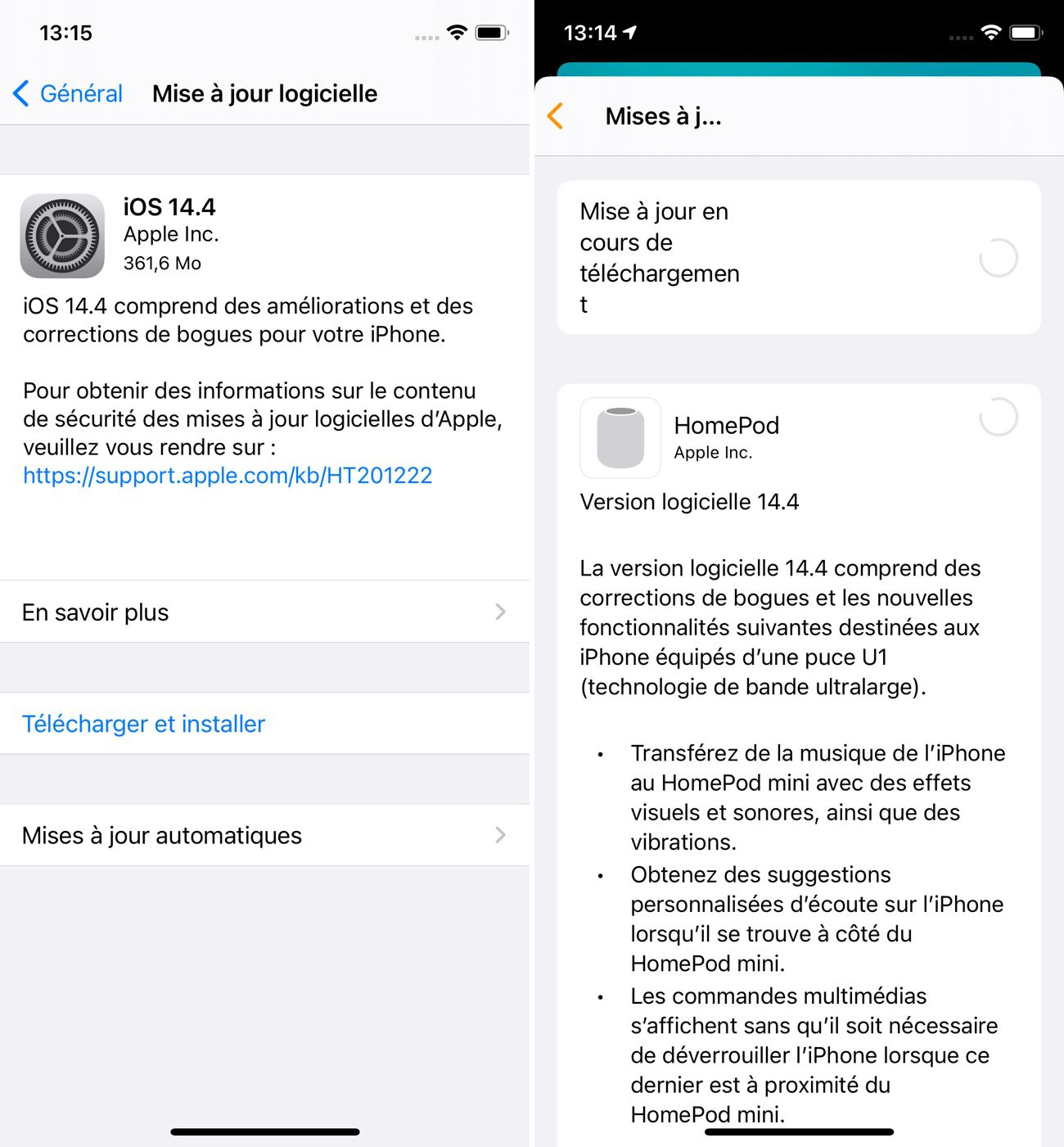
Selfies from the front camera are identical and both models can shoot video in Dolby Vision HDR. As mentioned above, it’s a lot better for low-light shooting, too.
#Iphone 12 versions comparison pro
If you value zoom, though, then it’s worth plumping for the Pro model as the 52mm tele lens lets you get closer to a subject without sacrificing too much detail. Pictures from the main cameras are virtually indistinguishable (hardly a surprise when the sensor is the same), and the same goes for those taken with the ultra-wide unit. Night mode is also available in the ultra-wide mode. There’s a new 12-megapixel main f/1.6 sensor across the board, with that faster aperture allowing more light in for brighter shots and video.

The Pro also has a LiDAR sensor, which noticeably improves low-light image capture since it allows for portraits and far quicker focusing. The iPhone 12 has two rear-facing cameras, wide and ultra-wide, while the Pro has three: wide, ultra-wide and tele. The most obvious difference between these two handsets are the camera arrays.

Both phones are also the exact same size, so if you buy a case for one then it will fit just fine on the other.

The Pro is made of slightly higher-quality materials, with stainless steel sides as opposed to aluminium.

The notch remains on the display, housing all the elements of the Face ID sensor. The phone’s sides are flat (rather than rounded) and the back is smooth. These new models sport a look that’s not too dissimilar to the iPad Pro, and they’re certainly inspired by the iconic iPhone 5.


 0 kommentar(er)
0 kommentar(er)
